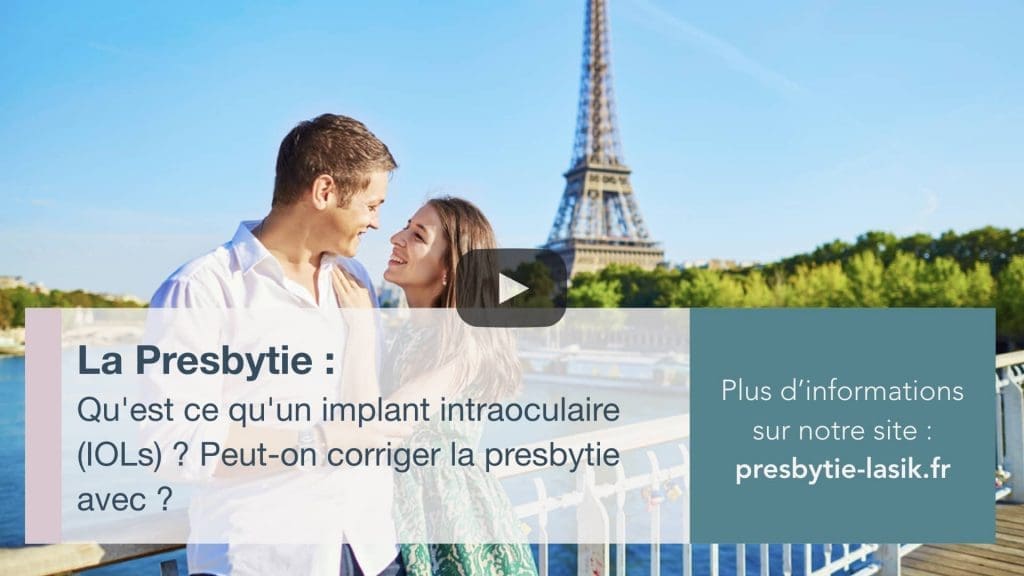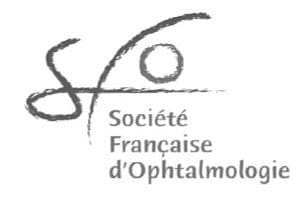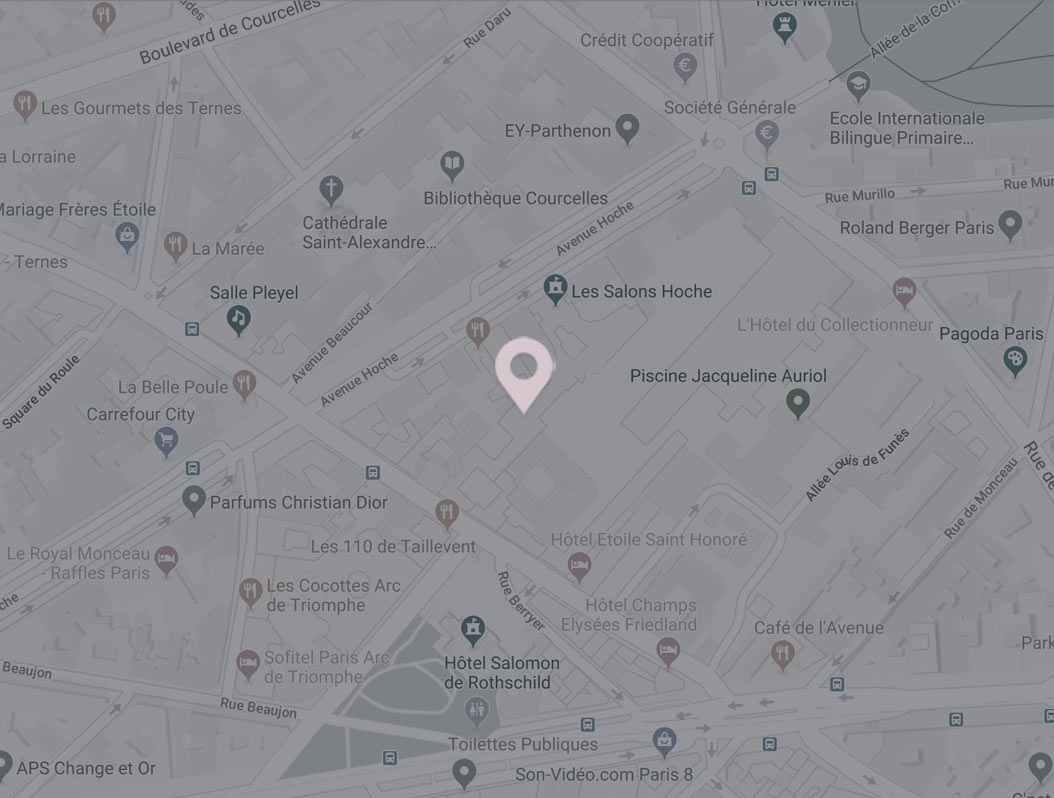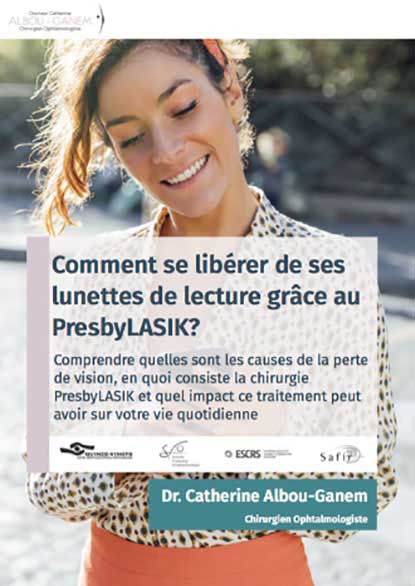Cataract & intraocular lens surgery
Replacing the lens inside the eye with an artificial lens or intraocular implant.
Cataract & Intraocular lens surgery – An introduction
Cataract is the opacification of the normally transparent lens inside your eye. Cataract surgery involves replacing this high power lens with an artificial lens or intraocular implant.
We calculate the power of this implant for each eye to compensate for the optical power of the lens while associating the correction of refractive errors (myopia, hyperopia, astigmatism) and possibly presbyopia. Cataract surgery has become a refractive surgery.
It is, therefore, possible to replace the crystalline lens that can still be clear with a high-tech implant to restore optical properties allowing for a post-operative correction that is suitable for most activities.
Why operate on cataracts?
Because there is no medical treatment (eye drops, medications) that can cure a cataract. In the absence of surgery, the progressive opacification of the crystalline lens may lead to a decrease in vision, and a loss of your autonomy. Also, the increase in the volume of the ageing lens could be a source of increased intraocular pressure.
How do you know Cataract & Intraocular surgery is right for you?
We might propose the correction of vision defects by lens surgery to any patient with a loss of accommodative power. That is to say, total presbyopia or at least 2.5 Dioptres with or without associated vision defects, whether the crystalline lens has a cataract or is clear, and provided that the results of the ophthalmic examination are, moreover, strictly normal.
Cataract & Intraocular surgery – Further details
Intervention
Except in special cases, we perform the surgery on an outpatient basis, that is to say, without hospitalisation. The patient stays about 3 hours at the clinic. We do not operate on the two eyes on the same day but at 8 to 15 days apart.
One hour before surgery, we dilate the pupil with eye drops. We apply anaesthesia by instilling anaesthetic eye drops. We ablate by fragmentation and then aspirate the lens through an incision that is 2 millimetres at most.
We then replace the lens with the intraocular implant, whose power we have calculated beforehand. We inject it folded and then unfold and settle it inside the eye. Thanks to local anaesthesia, the patient remains conscious during the whole procedure which lasts between 10 and 30 minutes.
The patient leaves the clinic after having a snack. The vision in the operated eye is blurry, but you can move around. However, please depart the clinic accompanied.
The cataract operation
We perform the procedure while the patient is on their back, in a sterile surgical setting and under a microscope. We consider cataract surgery a major surgical procedure because it involves incising the eye and extracting one of its internal elements, the lens.
Results
Recovery of vision
The recovery of visual function after lens surgery with intraocular implantation is almost immediate since patients recover practically all of their final vision about 24 hours after surgery.
However, it is impossible to guarantee excellent vision without glasses, both for far and near. The results vary according to the significance of the initial visual defect and the limits of the surgical techniques we use. If the visual correction is insufficient, we can prescribe an optical correction or, failing that we can consider a further surgical enhancement.
The stability of the result
Whatever the technique used, the vision stabilises entirely between the first and the third month following the intervention. The result, once obtained, is final.
The various implants
Implants of different optical power replace the lens after extraction. The intraocular implant is a lens made of a transparent synthetic inert material, most often flexible, perfectly well tolerated by the eye and has an optical power that corrects aphakia (absence of crystalline lens) and myopia, hypermetropia and possibly associated astigmatism. These implants can also correct presbyopia at the same time.
The monofocal implant
This implant is the most classic type. A monofocal implant only corrects a single focal length. That is to say, a single distance of vision. This lens is the type most surgeons offer patients needing cataract surgery.
In general, we choose to favour vision from a distance and to reserve the wearing of glasses to near vision.
However, in some cases, especially in myopic patients who are accustomed to excellent near vision without correction, we can also correct the near vision by the implant leaving myopia that glasses can correct for distance.
It is also possible to achieve a far-reaching compromise by correcting one eye for far vision and the other for intermediate or near vision.
The multifocal implant for aphakic eye
The multifocal implant corrects presbyopia and other associated vision defects.
Presbyopia is a physiological phenomenon related to age. Presbyopia results in a decreased power of accommodation of the eye due mainly to changes in the lens. Accommodation is the mechanism that allows the eye to increase its refractive power to achieve close-up focus. Presbyopia appears between 40 and 45 years old and is complete by the age of sixty.
Surgery for presbyopia with lens extraction consists in correcting presbyopia, associated with or without another ametropia, by the placement of a multifocal or depth-of-field intraocular implant in place of the lens that we remove, that has a cataract or not.
The multifocal implant directs the light that crosses it over several focal lengths. The implant gives excellent vision over several distances: far, intermediate and close. With multifocal implants, your brain receives several images and neutralises the ones that are not useful.
Device manufacturers have made significant progress in the design of the multifocality of the latest generations of implants, improving performance and reducing secondary visual phenomena such as halos and glare. These phenomena can persist, however, especially in the first months after surgery. Driving at night can be more difficult.
We always make patients aware of this possibility beforehand so they can make their choice accordingly. Also, these implants have an additional cost compared to the monofocal implant.
The depth-of-field implant
The depth-of-field implant is an intermediary between the two previous implants, making it possible to restore distant vision and intermediate vision (for example, vision on the computer, or a television) with a reduced risk of visual phenomena. In contrast, near vision usually requires correction.
The extended field of view implant
This implant is a new optical concept that obtains excellent far and intermediate vision, and good near vision too. However, reading tiny characters requires correction. In contrast, visual phenomena (halos) are less frequent than with a conventional multifocal implant.
The toric implant
The toric implant corrects the astigmatism of the cornea, which is essential if we want to obtain a quality vision from far and near. Its use is particularly important when using a multifocal or depth-of-field implant if there is astigmatism of more than one diopter.
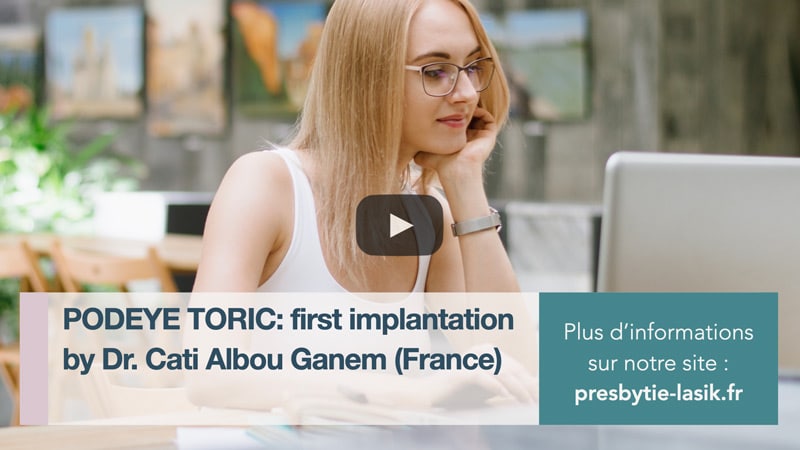
FAQs about Cataract & Intraocular lens surgery
What are potential side effects?
Side effects, hazards and risks exist even after a surgery that went perfectly well. Hazards are essentially refractive.
The functional results of the intervention cannot be 100% guaranteed. A slight visual deficit may persist after the operation. We can mostly offset this deficit by prescribing an optical correction.
Patients feel these effects differently due to their visual needs, the activities requiring the wearing of glasses, and the intensity of the initial refractive defect. We may sometimes propose to correct the remaining ametropia by a complimentary laser intervention, after a delay of 6 months minimum, or to add an implant correcting residual ametropia; or, exceptionally, to change the power of the implant.
In general, even if a certain degree of ametropia persists after surgery, the surgery must make it possible to dispense with corrective lenses from far or near depending on what has been chosen by the patient.
Complications
Complications are very rare. Most are retinal complications (macular oedema or retinal detachment). Infection is exceptional.
What are some postoperative precautions?
It is essential to avoid any risk of eye trauma as well as any risk of infection after the procedure. For example, we advise you to avoid dusty places for a week after the procedure.
You can shower and the shampoo, with care, the day after the intervention. You can resume makeup on the 5th day, to avoid any trauma to the eye and because ingredients in makeup can irritate or be allergenic. You can use soap and perfume the day after the operation.
You can resume driving by day quickly, but sometimes it takes eight to thirty days to be ready to drive at night. The discomfort associated with the presence of dazzling lights or halos in night vision decreases. We can prescribe a correction of supplement where appropriate.
TÉMOIGNAGES

“Le jour de l’intervention, je n’ai ressenti aucune gêne et aucune douleur. Après 2 h de repos j’ai pu reprendre mes activités tout à fait normalement. Deux jour après l’intervention il ne subsiste aucune gêne. Je tenais également à insister sur le fait que, contrairement aux idées reçues, ce n’est pas une intervention réservée aux personnes jeunes. J’ai 59 ans et c’est une totale réussite.”

“Le Docteur Albou-Ganem m’a opérée de la presbytie il y a un an, et je suis très heureuse du résultat, plus besoin de lunettes pour lire, même ma vue de loin est bonne. C’est un vrai soulagement pour moi, car j’ai hésité pendant un moment avant de sauter le pas, difficile de prendre une telle décision.”

“Après une opération rapide et sans douleur j’ai quasiment immédiatement remarqué une nette amélioration de ma vue de près et de loin. Au fil des semaines cela n’a fait que se confirmer et je n’ai jamais reporté mes lunettes depuis! Je ressens une telle liberté dans ma vie de tous les jours ainsi qu’une impression d’avoir rajeuni que je recommande à toute personne de le faire sans hésitation si cela leur est possible!”

“Docteur Catherine Albou-Ganem l’a immédiatement dissipée. Contact et confiance se sont installés immédiatement. Ses explications ont été claires, précises et je peux dire que le Jour J de l’opération, j’y suis allé les yeux fermés! Pour les rouvrir quelques heures plus tard avec la vue parfaite d’un homme de 30 ans!”

“L’opération a été un franc succès. J’ai maintenant 10/10e, sachant qu’auparavant j’avais une assez forte myopie (-5 et et -4,5) et un léger astigmatisme.”

“Vous m’avez opérée il y a maintenant plus de deux ans. A part pour conduire et regarder la télévision, et encore… je n’ai plus besoin de lunettes, moi qui n’ai jamais rien vu… Il m’a fallu plusieurs mois pour que ma vue s’adapte. Je tenais donc à vous remercier de cette opération qui a changé ma vie! Plus d’ulcères douloureux dus aux lentilles et la possibilité d’ouvrir les yeux sous l’eau et d’admirer les jolis poissons!”
We have replaced the images of real patients who provided these testimonials to protect their privacy.
AFFILIATIONS & MEMBERSHIPS
We are pleased to be associated with the following organisations
About the author
Doctor Catherine Albou-Ganem
Consultant Ophthalmic Surgeon
I am Catherine Albou-Ganem and I am an ophthalmic surgeon brought up in a family of ophthalmologists. I had a passion for ‘the eye’ and ‘the vision’ from my childhood. This was the subject of my first presentation at school.
Today, I share my refractive surgery activity between the hospital and the private sector.
I am proud to have contributed to the development of new laser refractive surgery techniques that can correct vision defects with accurate, effective and safe results when respecting the indications.
 Skip to content
Skip to content





